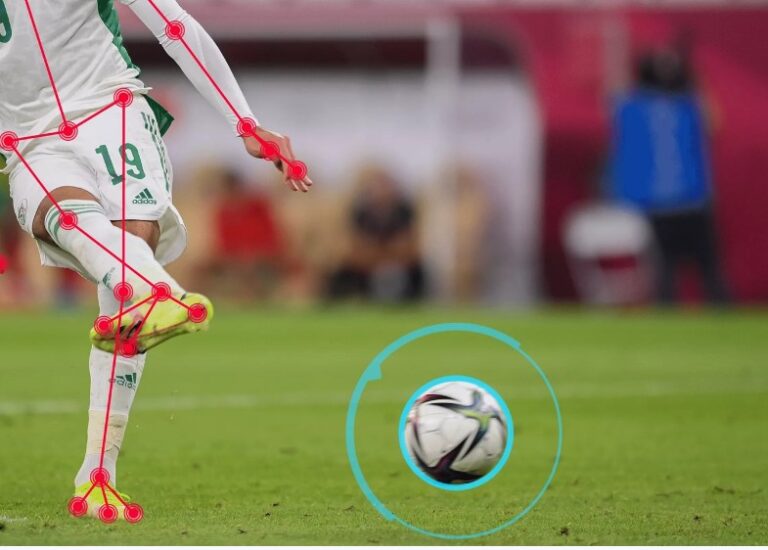The Qatar 2022 World Cup football is truly curious, because it has a technological heart capable of incredible calculations. And it also requires to be recharged. Here’s how it works and what it has done so far.
At the World Cup Qatar 2022, the stars are not only footballers and coaches. Technology is all the rage and this time there is also the tech ball to intrigue fans.
Its name is Al Rihla, and inside it hides a technology that is microscopic but capable of doing great things.
Let’s see how Al Rihla works, what it can do and how it can be recharged, just like a smartphone.
Table of Contents
How the tech ball works and why it needs to be recharged like a smartphone
While watching the 2022 World Cup in Qatar, you might happen to notice balls on the sidelines that are plugged into the power supply. How is this possible?
Simple: because they too are technological. The World Cup ball is called Al Rihla, which means ‘the journey’, and is produced by Adidas. On the inside, it conceals an ultra-modern computer chip, which is responsible for collecting an enormous amount of data and sending it (without human intervention) to a computer.
Being a tech object, the ball no longer needs to be inflated. Since the chip discharges with use, it also has to be recharged with electricity, just like a smartphone.
That’s not all: the chip had to be extremely light, or it would affect the ball’s playability. Weighing only 14 grams, its internal battery is small, so it has to be recharged very often.
Its autonomy is 18 hours when not in use, and is reduced to only 6 hours when in use. Put simply, since footballers also warm up with it, it needs to be recharged before every game to make sure it works.
What the World Cup tech ball is for
Al Rihla’s chip is not a secondary issue. Other past technologies in football used to collect important data, yes, but still dispensable.Tthis one, on the other hand, acts directly on the game.
One of the founders of the company that produced the chip (Kinexon) explained how it works: every time the ball is even touched, the chip detects all movements at 500 frames per second.
Its uses are really practical. Some data is sent to the staff in the VAR room, to intervene in very dubious cases. In short, the ball tech directly helps the VAR and the refereeing of the match in progress.
The most common case is semi-automatic offside, because the chip detects if someone has touched it and when. Combined with instantaneous technologies, the exact frame is captured to define whether a player was offside even by a few centimetres. But this is not the only application.
When the chip ball determined an action on the field
For the semi-automatic offside the chip has already been used several times, naturally and without media echo. But a different use concerned Cristiano Ronaldo, who claimed to have grazed a cross (which then ended up in the net, for the 1-0 goal) kicked by Bruno Fernandes during Portugal – Uruguay.
The chip analysed the acceleration and trajectory of the cross, calculating that the throw was not altered. In short, Cristiano Ronaldo did not touch it in any way, so the goal was awarded to Fernandes and not to him, thanks to the chip.
The case of the unexpected 2-1 goal for the Japanese in Japan – Spain is different. The ‘tech’ ball had no influence because it cannot tell whether it was on or off the pitch. There are no sensors on the pitch to mark the line.
Here the very high quality images available to the VAR were decisive. It turned out that a tiny sliver of the ball projection was still on the line. And the rule says that the ball only goes out of play if the whole ball, including the projection, crosses the white line.
Read also: The 10 most technological and innovative buildings worldwide












